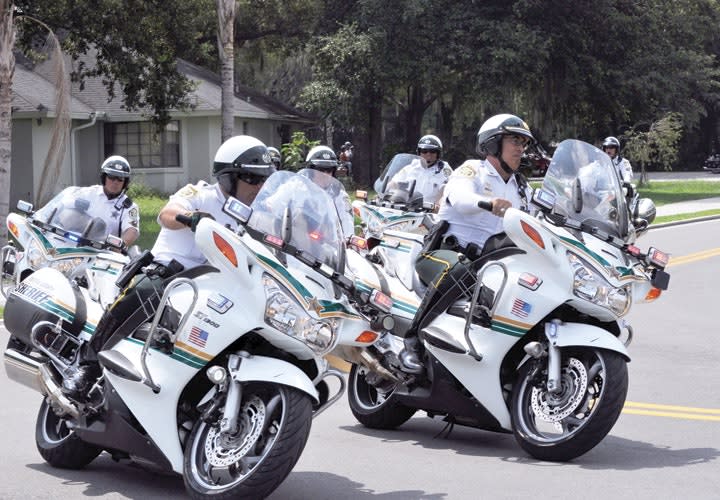Every profession espouses the virtues of leadership and spends a great deal of time, money, and effort trying to build leaders within their own organizations. But what about followers, which are the flip side of the equation? You can't have good leadership without good followership.
So what does it take to be a good follower and help accomplish organizational goals and objectives? It's quite simple; I call it leadership in reverse. Every follower has to be a leader in his or her own right.












